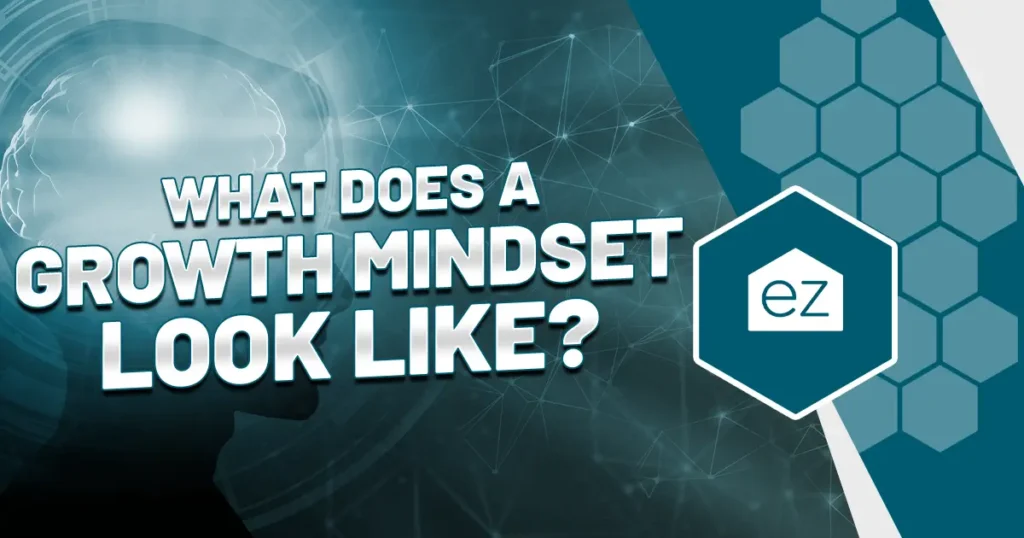What are Bank and Mortgage Company Overlays?

What Are Bank and Mortgage Company Overlays?
Buying your first home is already a stressful process, and the COVID-19 pandemic isn’t making things any better. While you’ve done all your research (or at least you think you did), things become even more complicated when you find out that you need to provide another document and that you need to take a more hands-on approach to get a mortgage.
This is because your lender has introduced a mortgage overlay, which means you need to adjust to a new set of requirements. Here, we discuss what bank and mortgage company overlays are, the types of lender overlays, how they will affect your approval, and more.
Basic Mortgage Requirements
This is something you may already know, but we’ll refresh you a bit. There are minimum guidelines generally determined according to the mortgage program, e.g., USDA, VA, or FHA. For example, FHA lets potential homebuyers qualify with a credit score of 580, a debt-to-income ratio lower than 43%, and a 3.5% down payment. A conventional mortgage, on the other hand, has a set of requirements set forth by Fannie Mae and Freddie Mac and may have requirements such as a 620 credit score, a debt-to-income ratio below 36%, and a 5% down payment.
What Are Overlays?
From a technical standpoint, a mortgage overlay simply refers to a set of specific rules that a lender applies above the usual guidelines for lending money for mortgages. Every lender has its own mortgage overlays that apply to mortgage loans alongside the rules set by Freddie Mac, Fannie Mae, VA, USDA, and FHA. Mortgage overlays are established according to the lender’s capability to handle risk along with the economy’s current condition. As such, overlays can become stricter as economic times get tough.
Types of Lender Overlays
There are an infinite number of various lender overlays that lenders and banks impose to ensure that default levels are under control. The example using credit scores is just one of the numerous lender overlays that you might come across since there are hundreds and hundreds of overlays that banks and lenders throughout the country may require. Apart from the minimum credit score, other common overlays may be applicable for max DTI or max LTV.
How Do Company Overlays Affect Your Approval?
While overlays are designed to decrease the risk for a lender’s portfolio, it doesn’t help you get a mortgage quicker. For example, instead of working with a minimum credit score of 680, a lender can give you an overlay and increase the minimum score to 700. A lender can also increase the minimum down payment requirement on your investment property from 20% to 25% or more when they see fit.
As mentioned, every lender has its own set of internal overlays. The overlay from one bank can be much different compared to another lender’s set of overlay rules. This can both be good and bad since it provides consumers with choices as to which lender will give them the best mortgage rates. Finally, lenders also have the power to reverse their overlay at any time, making owning a home difficult, especially during times of pandemic.
Why Do Lenders Use Overlays?
Now that we know the basics about overlays, we can ask the next big question: why do lenders implement mortgage overlays? The answer to this question can be summarized with just one word, which is “risk.” Because lenders work hard to reduce the level of risk they face, they do everything to ensure that their loan is paid back.
Ideally, consumers who sign up for a mortgage should be able to make payments on time and clear of all other payments. Unfortunately, we don’t live in an ideal world, and people will often lose their jobs, get sick, go through a divorce, along with many other problems causing financial stress. Such problems will usually cause buyers to make late payments on their loan, or they simply give up on their home. This results in a default, and the process of foreclosure starts.
Mortgage lenders entered the business of providing home loans with the intention of making a profit rather than buying back mortgages that have been sold to an investment firm. This means that based on their knowledge gained from the investment firms and track record, a mortgage lender will place an overlay in place to keep certain home applicants away. In the end, a mortgage company always works to find the right mortgage overlay to reduce their company’s risk while allowing them to reap profitable ventures with their mortgage loans.
Here are a few questions that you will need to ask your mortgage company:
- Do you have overlays?
- Based on the overlays in place, will you be able to approve my loan?
- How often will the overlays change if they do?
What Can Homebuyers Do?
As a potential homeowner, keep in mind that the purchase of a home may still be possible even with a mortgage overlay. To best survive this situation, it’s best to stay prepared during the lender’s increased scrutiny on your finances. You can be sure that they will look through your finances to detect any risk factors. Even if you’re considering a refinance, keep in mind that overlays still apply.
If you’re not a big fan of all the info you’ve just read, remember that you always have the option to wait out the economic problems before looking for a home—at a time when mortgage overlays die down. Playing the waiting game will also help you bide your time to improve your financial status and save up a bigger down payment, which comes with the potential to qualify for much better terms. Your FICO Score isn’t set in stone —it can change as you improve your finances. There’s nothing wrong with giving yourself more time to reach your ideal finance goals.
Start Your Home Search
Preston Guyton
Share this Post
Related Articles
Real Estate Tips
How to Communicate Your Value As A Real Estate Agent
Real Estate Tips
10 Essential Steps to Hiring a Contractor
Real Estate Tips
Why Perfection Squashes Your Real Estate Businesses
Real Estate Tips





